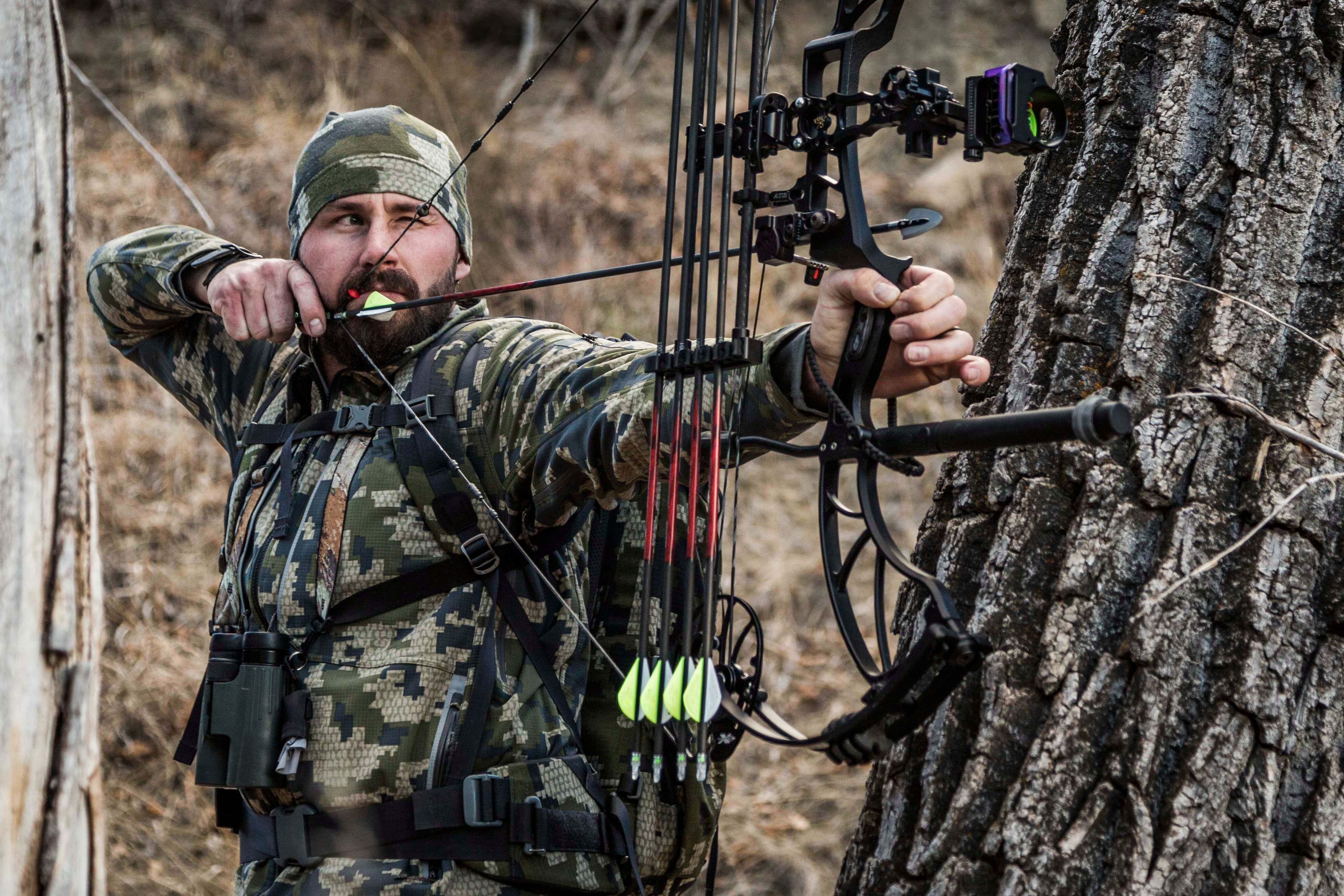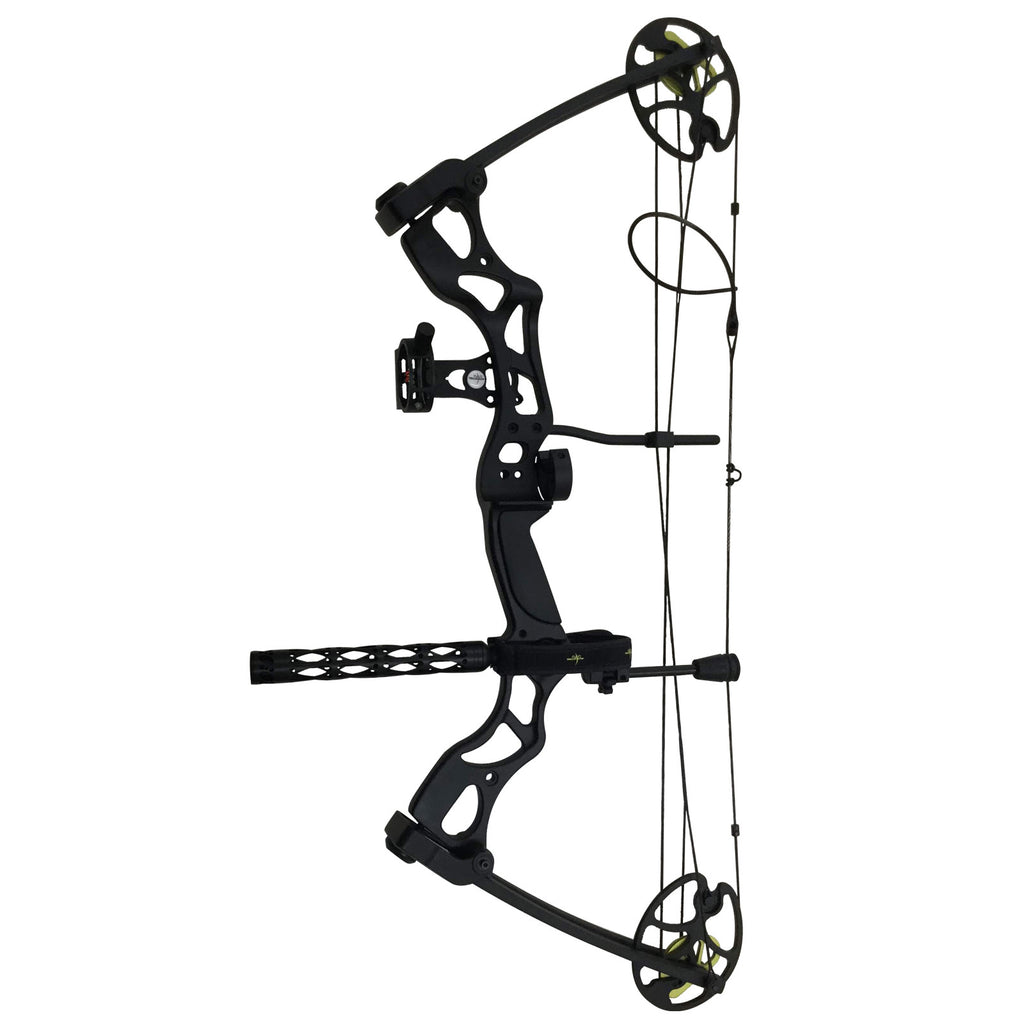Improve Your Capturing Efficiency with Top-Rated Bow Stabilizers
Improve Your Capturing Efficiency with Top-Rated Bow Stabilizers
Blog Article
Increase Your Archery Performance: The Ultimate Guide to Bow Stabilizer Configuration
Enhancing your archery efficiency needs a careful strategy to every facet of your tools setup. Amongst the numerous parts that add to precision and stability, the bow stabilizer plays a crucial role in fine-tuning your shot implementation. Recognizing how to enhance your bow stabilizer setup can cause significant renovations in your total accuracy and uniformity on the range or in the field. As we dive right into the intricacies of choosing the ideal stabilizer weight, positioning, and make improvements techniques, you will reveal the key to opening your full possibility as an archer.
Comprehending Bow Stabilizers
In the realm of archery tools, the role and function of bow stabilizers stand as vital elements for boosting shooting precision and security. Bow stabilizers are created to decrease bow torque, lower resonances, and help in holding the bow stable during the intending and release process. By affixing a bow stabilizer to the riser of the bow, archers can experience improved equilibrium and decreased hand shock, resulting in more precise and consistent shots.
The main function of a bow stabilizer is to moisten any type of vibrations that happen upon launching the arrow. This reduction in vibration not just enhances the shooter's comfort however also aids keep focus and control throughout the shot cycle. Additionally, bow stabilizers help in counteracting the weight of devices connected to the bow, such as views, quivers, and arrowhead relaxes, guaranteeing ideal weight distribution for enhanced stability.
Recognizing the auto mechanics and benefits of bow stabilizers is important for archers wanting to tweak their shooting performance and achieve greater precision on the variety or in the field.

Choosing the Right Stabilizer Weight
Picking the proper weight for your bow stabilizer is a crucial aspect of maximizing your archery configuration for enhanced capturing performance. The stabilizer weight straight affects exactly how efficiently the stabilizer decreases resonance and maintains your bow during the shot. When selecting the best stabilizer weight, it's important to consider your capturing design, bow balance, and personal choices.
Lighter stabilizers, commonly considering between 3-6 ounces, are preferred by archers that focus on maneuverability and quick target purchase. These stabilizers are excellent for seekers or those that fire in difficult terrains where movement is crucial. On the other hand, larger stabilizers, varying from 8-12 ounces or even more, are favored by target archers looking for maximum security and decreased bow movement. The added weight helps hold the bow steadier throughout the aiming process and reduces the effects of torque on the bow.
Inevitably, the very best stabilizer weight for you will certainly depend on your capturing goals and preferences. Exploring with various weights and discovering the one that provides the optimal balance of security and ability to move is crucial to enhancing your archery performance.
Setting Up Your Bow Stabilizer
To correctly mount your bow stabilizer, guarantee that you have all the required tools and adhere to these detailed instructions for a reliable and secure setup. Start by identifying the front stabilizer bushing on your bow riser. Many bows have have a peek at this website pre-threaded openings for stabilizer installment. Next, apply a percentage of bowstring wax to the strings of the stabilizer bolt to stop it from loosening up during use.
Meticulously thread the stabilizer right into the front bushing by hand, making certain not to cross-thread it (bow stabilizer). Once the stabilizer is snugly in place, utilize a proper wrench to tighten it safely. Stay clear of over-tightening, as this can cause damages to the bow or stabilizer
After mounting the stabilizer, check to guarantee it is straight and straightened with the bow. Some stabilizers include adjustable weights or dampeners; adjust these according to your choices and shooting design. Test the bow to ensure the stabilizer is effectively reducing resonance and boosting your shot uniformity.
Adjusting Stabilizer Position for Precision
After setting up the bow stabilizer firmly, maximizing its placement is vital for enhancing accuracy in your capturing. The placement of the stabilizer can considerably affect the balance and security of your bow throughout the shot cycle. To adjust the stabilizer for optimum precision, start by explore different placements. Moving the stabilizer closer to the riser can assist reduce the bow's total weight distribution, possibly improving your aiming security. Conversely, prolonging the stabilizer additionally out can enhance the bow's mercy and reduce the impacts of torque on the shot.
When adjusting the stabilizer position, think about the sort of capturing you do. For target archery, a longer stabilizer positioned better out could be helpful for included stability during the aiming process. On the other hand, seekers may favor a much shorter stabilizer for much better ability to move in the area. Remember to make little changes and test your configuration after each modification to determine the optimal setting for your capturing design and preferences.
Fine-Tuning Your Stabilizer Configuration

In addition, think about the placement of any type of dampeners or weights along the stabilizer rod. Relocating these elements closer to or better from the riser can alter the stabilizer's general effect on your bow's equilibrium. Fine-tuning these information can help in reducing resonance, lessen hand shock, Find Out More and enhance overall control throughout the shot execution.
On a regular basis reassess your stabilizer setup basics as your capturing technique develops to ensure it remains to complement your type and shooting goals. By finetuning your stabilizer setup with precision and care, you can optimize your bow's performance and elevate your archery skills to new heights.
Verdict
Finally, enhancing your bow stabilizer setup is crucial for boosting your archery performance. By recognizing the function of stabilizers, selecting the suitable weight, properly mounting and positioning the stabilizer, and tweak its setup, you can boost your accuracy and consistency in capturing. Put in the time to explore various configurations and changes to locate the configuration that functions best for you and helps you achieve your archery objectives.
Bow stabilizers are designed to decrease bow torque, minimize resonances, and aid in holding the bow stable during the aiming and launch process. By attaching a bow stabilizer to the riser of the bow, archers can experience improved equilibrium and lowered hand shock, resulting in even more consistent and accurate shots.

The stabilizer weight directly influences exactly how effectively the stabilizer minimizes resonance and maintains your bow during the shot. bow stabilizer. By recognizing the purpose of stabilizers, choosing the proper weight, correctly positioning the stabilizer and setting up, and adjust its configuration, you can improve your accuracy and consistency in shooting
Report this page